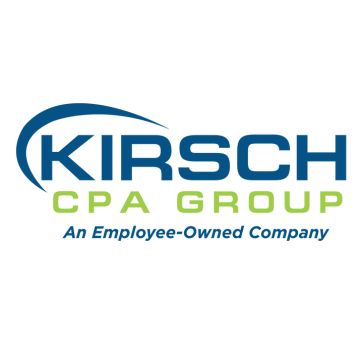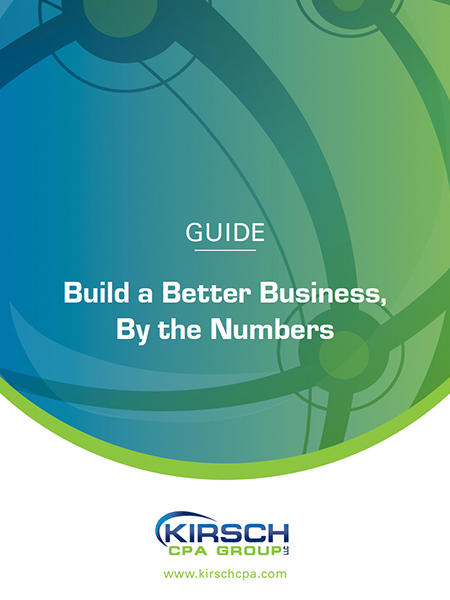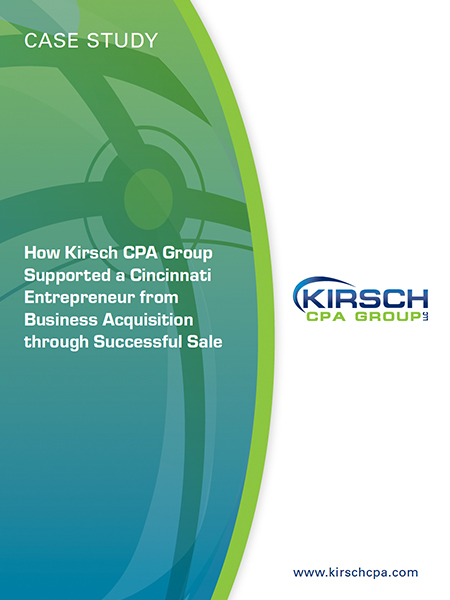Saving for Your Child’s Education? Consider a Custodial Account
Kirsch CPA Group
Jun 16, 2023

If you’re looking to save for your child’s or grandchild’s education, you may have several options, including 529 plans, Coverdell education savings accounts (ESAs) and IRAs. But one of the best ways to invest for college is to open a custodial account under the Uniform Gifts to Minors Act (UGMA) or the Uniform Transfers to Minors Act (UTMA). Setting up a custodial account is generally an easy way to transfer assets to a child without the hassle and cost of establishing a trust. Here’s what you need to know before selecting this option.
Ease and Flexibility
Establishing a custodial account is like opening a bank account. These financial tools are available through banks, brokerage firms, mutual fund companies and other financial institutions. They’re technically owned by a child but managed by the parent or another adult until the child reaches the age of majority (usually age 18 or 21, depending on the state).
Unlike some savings vehicles, such as ESAs, anyone can contribute to a custodial account, regardless of income level, and there are no contribution limits. Also, there are no restrictions on how the money can be spent. In contrast, funds invested in ESAs and 529 plans must be spent on qualified education expenses and are subject to stiff penalties on unqualified withdrawals.
Custodial accounts typically offer a broad range of investment options, including most stocks, bonds, mutual funds and insurance-related investments. UTMA accounts may offer even more options, such as real estate or collectibles. ESAs and 529 plans usually have more limited investment options.
There also may be tax benefits. Gifts to a custodial account can reduce the size of a parent’s or grandparent’s taxable estate. Keep in mind, however, that gifts in excess of the $17,000 annual exclusion ($34,000 for married couples) may trigger gift taxes or tap some of your lifetime gift and estate tax exemption. Contributions to custodial accounts can also save income taxes: A child’s unearned income up to $2,500 in 2023 is usually taxed at low rates (income above that threshold is taxed at the parents’ marginal rate).
A Few Caveats
Although they can reduce taxes, custodial accounts aren’t necessarily the most tax-advantageous savings vehicles. ESAs and 529 plans allow earnings to grow on a tax-deferred basis, and withdrawals are tax-free provided they’re spent on qualified education expenses. In addition, 529 plans allow you to accelerate five years of annual exclusion gifts and make a single tax-free contribution of up to $85,000 ($170,000 for married couples) in 2023.
Another potential drawback is that because custodial accounts are considered the child’s property (unlike 529 plans and ESAs), they can have a negative impact on financial aid eligibility. Also know that after children reach the age of majority, they gain full control over custodial account assets and can use them as they see fit. If you wish to retain control over savings you hope you child will use for education or another expense, you may be better off with an ESA, a 529 plan or a trust.
Finally, once you’ve established a custodial account for a child, you can’t change beneficiaries down the road. With an ESA or parent-owned 529 plan, however, you can name a new beneficiary if your needs change and certain requirements are met.
Other Factors
In addition to previously discussed factors, you may also want to consider your savings timeline, your financial resources, and whether other family members or friends will be contributing to your child’s education savings. Talk to Kirsch CPA Group for help weighing your options.
Contact us to learn more about custodial accounts
© Copyright 2023. All rights reserved.
More Resources

About The Author
Kirsch CPA Group is a full service CPA and business advisory firm helping businesses and organizations with accounting,…





